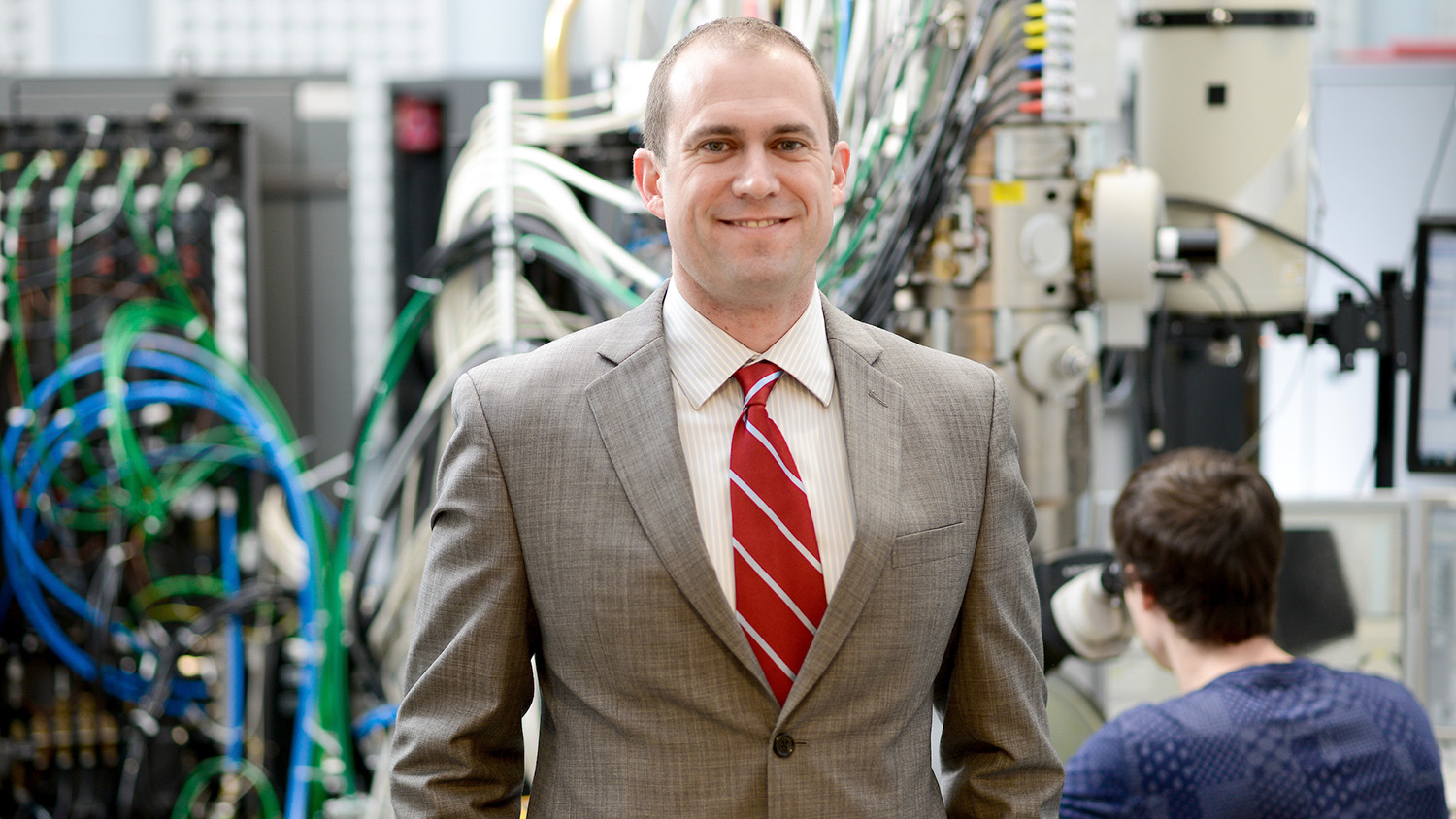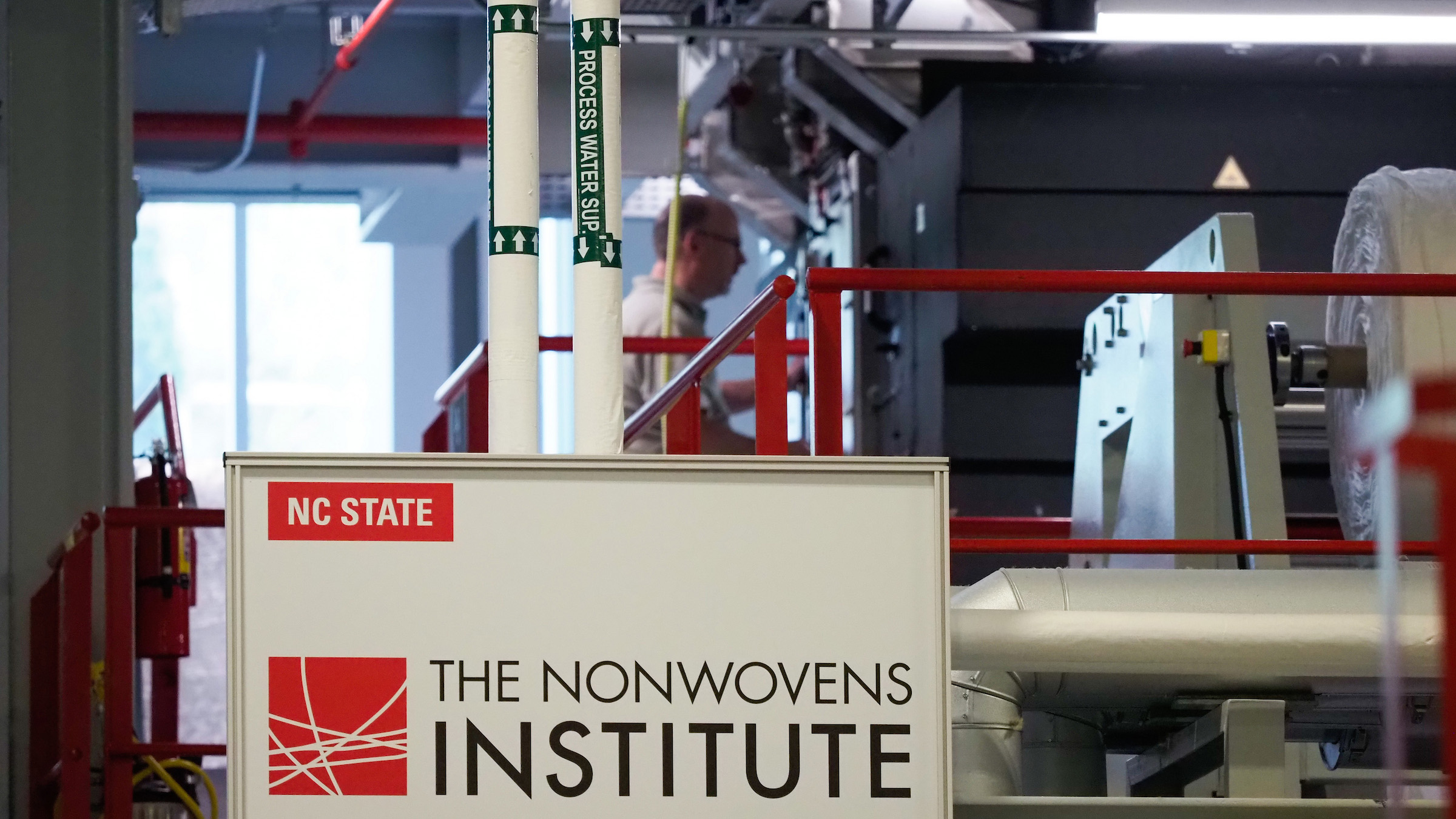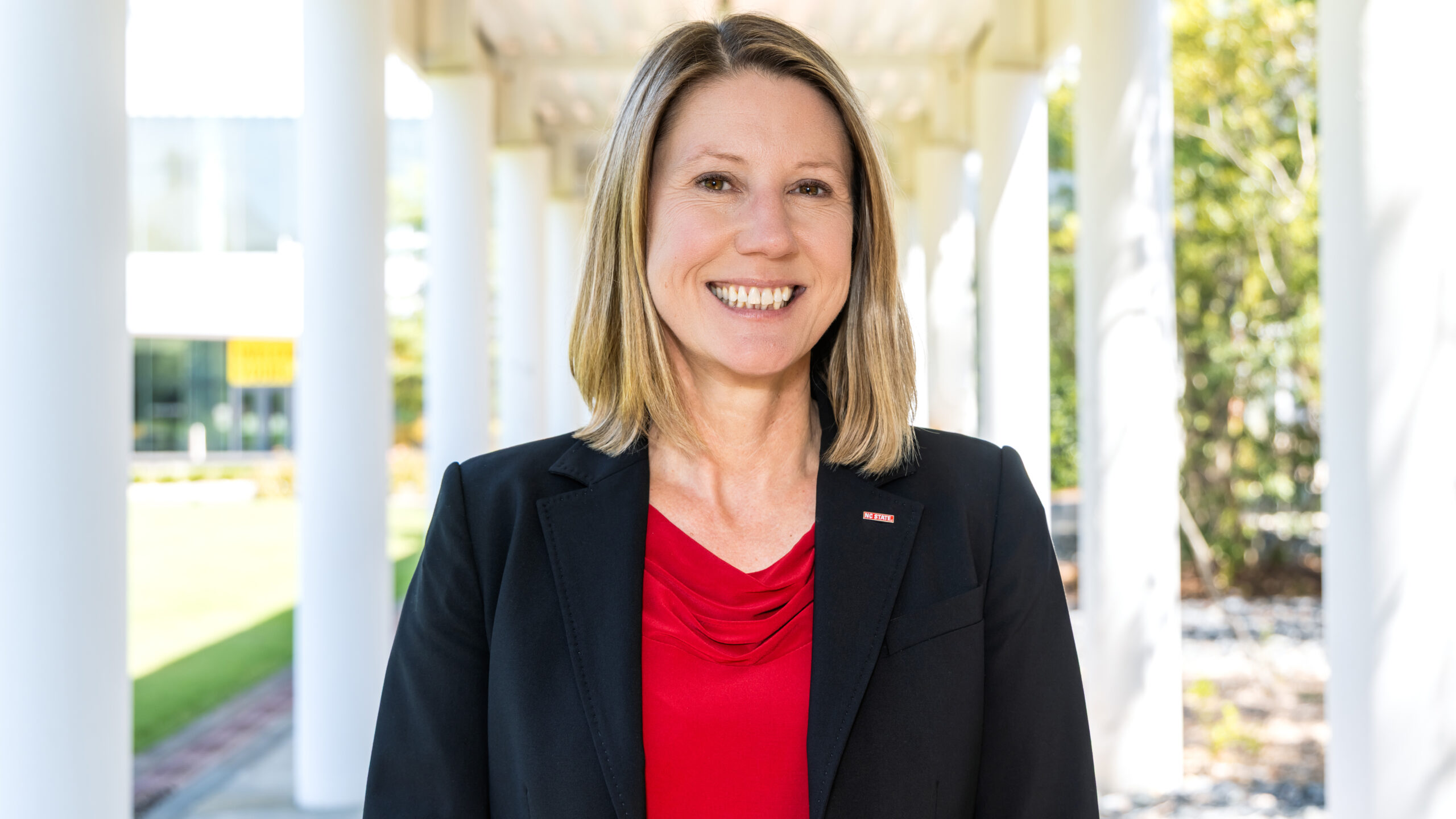Using Supercharged Material Science in an Operational Environment
Professor Jacob Jones’s work in dielectrics and piezoelectrics sparks the interest of Sandia National Laboratories.

NC State recently signed an official agreement to partner with Sandia National Laboratories, enabling students and faculty to collaborate with the science and engineering research lab to help address issues of national interest.
Partnering with Sandia offers beneficial insight for students at NC State, and Jacob Jones has witnessed it firsthand.
“The ability for Ph.D. students and undergraduate students to see that environment and to see what a scientist can do in that environment is eye-opening,” says Jones, a Kobe Steel Distinguished Professor of Materials Science and Engineering at NC State.
Jones is also co-principal investigator of the grant that supports the Center for Dielectrics and Piezoelectrics (CDP). CDP, a material science research collaboration between NC State and Penn State, is supported by a grant from the National Science Foundation and membership dues. Member companies and governmental laboratories like Sandia are able to vote on proposed research projects that are pitched by principal investigators at both universities.
“[Through CDP], we get a sense of what these labs and industries are interested in, and then we write research proposals to address their needs,” Jones says.
For example, the research coming from the CDP sparked Sandia’s interest because dielectric material stores an electrical charge and is the primary material in devices called capacitors, which are commonly used in pulsed power technologies like Sandia’s Z-machine. Dielectric materials could be used to improve power electronics as well as other national security and energy applications of interest to Sandia. Outside of national security, dielectrics may improve public transportation, Jones says, like electric buses that recharge instantly at a bus stop, and are important materials in the development of the 5G cellular networks.
“CDP and Sandia are integrating capacitors into the world in new ways,” Jones says. “We’re contributing to the next generation of electronics.”
The partnership benefits Sandia, too, says Elizabeth Paisley, who earned her Ph.D. in materials science from NC State. Paisley is a manager at Sandia and serves as the technical liaison for Sandia’s membership with CDP. Additionally, she serves as the deputy campus executive to help broaden the research partnerships and talent pipeline to the laboratories through the agreement.
“One of the benefits of working with CDP is that we interact with the next generation of scientists and engineers,” Paisley says. “Through the meetings, and resulting collaborations, scientists at Sandia build relationships with undergraduate and graduate students. Research relationships last your entire life, and we are always thrilled to have the chance to build those early on and work together as students start their professional careers.”
Story by Katherine Kershaw
- Categories:


